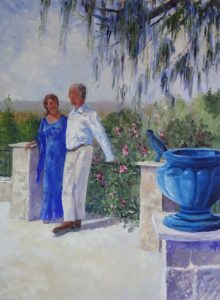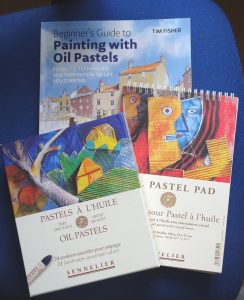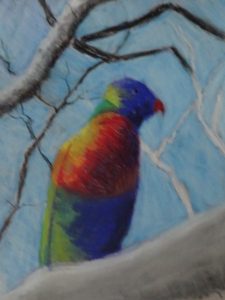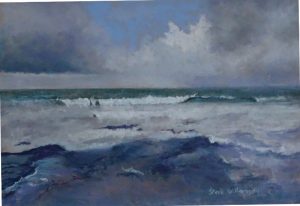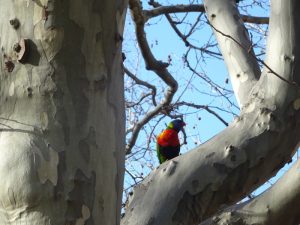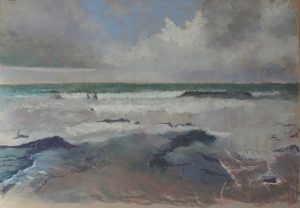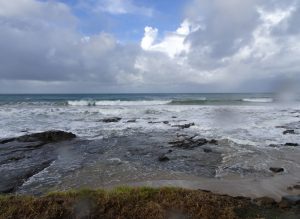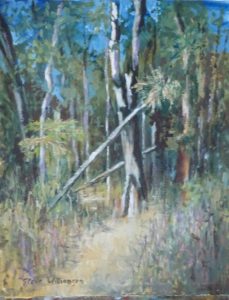There is a small hiatus with “In the sunshine” called ‘waiting for the paint to dry’, so I’m experimenting with my new oil pastels. Tim had done a red pepper as his introduction to the medium so I thought my very red elephant would be a good venture.
 These Sennelier pastels are very soft in comparison with the others, of both kinds, which I tried last time. I reckon I was over excited and used far too much pastel initially and blended (with my finger) too enthusiastically. This produced a messy paper with little dots and smudges from my mucky fingers and any detail I achieved – not much – was lost. It’s all too clumsy.
These Sennelier pastels are very soft in comparison with the others, of both kinds, which I tried last time. I reckon I was over excited and used far too much pastel initially and blended (with my finger) too enthusiastically. This produced a messy paper with little dots and smudges from my mucky fingers and any detail I achieved – not much – was lost. It’s all too clumsy.
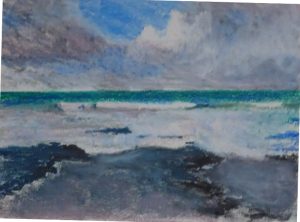 So I tried again, using “Stormy weather” as my source. this is altogether a better attempt. I found if I broke my (new!) pastels and used the side, I achieved a lighter mark (in terms of pastel mass) but more even coverage. I was then able to blend, using the white pastel with quite subtle effects since my underlying colours blended with each other and with the white. The rocks responded well to this method. I also found that an old store card helped to scrap off oil pastel when the surface was getting over loaded. It also enabled me to straighten lines like the top of the wave by pushing the pastel towards the wave itself.
So I tried again, using “Stormy weather” as my source. this is altogether a better attempt. I found if I broke my (new!) pastels and used the side, I achieved a lighter mark (in terms of pastel mass) but more even coverage. I was then able to blend, using the white pastel with quite subtle effects since my underlying colours blended with each other and with the white. The rocks responded well to this method. I also found that an old store card helped to scrap off oil pastel when the surface was getting over loaded. It also enabled me to straighten lines like the top of the wave by pushing the pastel towards the wave itself.
I now have vague memories of a session or two using oil pastels with my tutor many moons ago. He was very keen on showing marks, not blending them, so maybe there is a way forward there.

